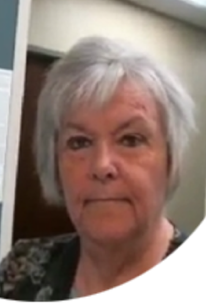
Fertilizer
It was September 1962, according to my grandmother's writing in the family record book, 20 bags of 12-12-12 fertilizer had been bought for $39.35. Based on the time of year, it was probably fertilizer for the upcoming planting of wheat.
We have all grown up with a bag of 12-12-12 at the local store. Many of us have used it as the starter fertilizer for our vegetable garden and frequently it is the choice of people for their lawns. But is it the product we should be reaching for?
Many times, we hear as humans about eating a balanced diet. A balanced diet does not mean eating the same amount of everything, but consuming things in proportion. It really is no different in the plant nutrient world. The first number in fertilizer is nitrogen, then phosphorus, and finally potassium. Plants need those nutrients in various ratios. For a home lawn, the preferred ratio of these elements is 4:1:2. That would translate into buying a product with a label of 24-4-8. This would be more in line with what most all plants need and that is greater levels of nitrogen, a little phosphorus, and potassium a tad bit higher.
When we use 12-12-12 on our lawn, we short the plant's nitrogen, give too much phosphorus and get the potassium about right. In today's world with issues of excess phosphorus in our lakes and streams and the subsequent alga blooms. Some lawn fertilizer contains no phosphorus. In many situations that is just fine as there already may be adequate levels of phosphorus in the soil.
Soil testing is what tells us what amounts of phosphorus and potassium we need. Nitrogen is so water soluble it must be added yearly at rates that have been scientifically determined through years of research.
Today's farmer does not use 12-12-12. They have done extensive soil testing and put on the amounts needed by the crop based on what is already in the soil. Today those 20 bags of my ancestor's fertilizer would cost almost $1000.00. It has become expensive, and we cannot afford both financially and environmentally to over or under-apply it.
This past summer I was out at a horse farm looking at a pasture with our Purdue forage specialist. When asked what fertilizer they use, it was 12-12-12. I have heard this person give many programs on the potential vices of 12-12-12. I think he did a really good job of calmly explaining why this program should not be repeated.
In the leadership programs I teach, I talk about how many things stymie us today that are rooted in the past. Included in that is the keyboard arrangement I am typing on that was derived in the late 1800s. In order to stop the mechanical keys from jamming they came up with this more cumbersome arrangement to slow down the typing speeds. We are still encumbered with it 150 years later.
We do not have to repeat what my grandparents did 61 years ago. Soil tests are under $20, a small price to pay for a large fertilizer investment. Unlike my typing on this keyboard, when using fertilizers, we do not have to be stuck in the past.
Mark Kepler
Purdue Extension Educator, ANR
Fulton County






